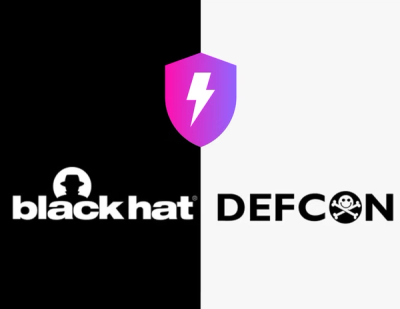
Security News
Meet Socket at Black Hat and DEF CON 2025 in Las Vegas
Meet Socket at Black Hat & DEF CON 2025 for 1:1s, insider security talks at Allegiant Stadium, and a private dinner with top minds in software supply chain security.
angular-http-loader
Advanced tools
Angular component which monitors HTTP requests and shows a custom loader element when calls start and hides it when they complete.
Maintainer: Mauro Gadaleta <mauro.gadaleta@wonga.com>
http://wongatech.github.io/angular-http-loader/
NPM:
npm install --save angular-http-loader
Load angular-http-loader.min.js:
<script src="path/to/angular-http-loader.min.js"></script>
Add the ng.httpLoader module as a dependency in your application:
angular.module('demo', ['ng.httpLoader'])
Whitelist the external domains that you want the loader to show for:
.config([
'httpMethodInterceptorProvider',
function (httpMethodInterceptorProvider) {
httpMethodInterceptorProvider.whitelistDomain('github.com');
httpMethodInterceptorProvider.whitelistDomain('twitter.com');
// ...
}
])
You can whitelist requests to the local server:
.config([
'httpMethodInterceptorProvider',
function (httpMethodInterceptorProvider) {
// ...
httpMethodInterceptorProvider.whitelistLocalRequests();
// ...
}
])
Add an HTML element with the ng-http-loader directive. This will be displayed
while requests are pending:
<div ng-http-loader template="example/loader.tpl.html"></div>
Monitor only GET requests:
<div ng-http-loader methods="GET" template="example/loader.tpl.html"></div>
Monitor POST and PUT requests:
<div ng-http-loader methods="['POST', 'PUT']" template="example/loader.tpl.html"></div>
HTTP loader allows you to pass a title to your template:
<div ng-http-loader title="example" methods="GET" template="example/loader.tpl.html"></div>
And use that in your template:
<span>Loader for {{title}}</span>
HTTP loader allows you to pass a ttl in seconds to your template. This tells the loader to be visible at least for the given amount of time, i.e.
<div ng-http-loader ttl="2" methods="GET" template="example/loader.tpl.html"></div>
The loader should be now visible at least 2 seconds, independent of the total http request(s) dispatched. Should the total amount of time of the request(s) be larger than the ttl, the loader will dismiss when the last http request is done.
We :heart: pull requests!
To contribute:
npm installgrunt workflow:dev to watch for changes, lint, build and run tests as
you're workinggrunt package to update the distribution filesFAQs
AngularJS HTTP loader
The npm package angular-http-loader receives a total of 8 weekly downloads. As such, angular-http-loader popularity was classified as not popular.
We found that angular-http-loader demonstrated a not healthy version release cadence and project activity because the last version was released a year ago. It has 1 open source maintainer collaborating on the project.
Did you know?

Socket for GitHub automatically highlights issues in each pull request and monitors the health of all your open source dependencies. Discover the contents of your packages and block harmful activity before you install or update your dependencies.

Security News
Meet Socket at Black Hat & DEF CON 2025 for 1:1s, insider security talks at Allegiant Stadium, and a private dinner with top minds in software supply chain security.

Security News
CAI is a new open source AI framework that automates penetration testing tasks like scanning and exploitation up to 3,600× faster than humans.

Security News
Deno 2.4 brings back bundling, improves dependency updates and telemetry, and makes the runtime more practical for real-world JavaScript projects.